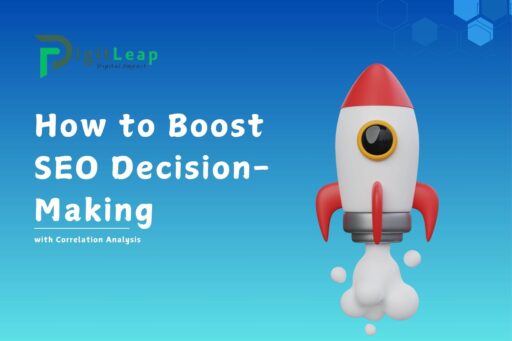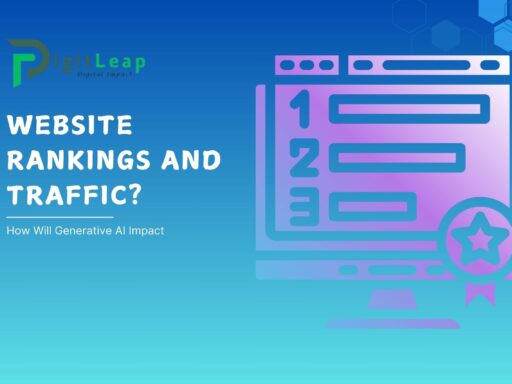How to Boost SEO Decision-Making with Correlation Analysis
In today’s competitive digital landscape, data-driven decisions are essential for SEO success. While keyword research, content optimization, and link building are core strategies, correlation analysis offers a powerful way to identify relationships between variables affecting search rankings. This article dives into how SEO experts can leverage correlation analysis to make smarter decisions, improve performance, and gain a competitive edge.
What is Correlation Analysis?
Correlation analysis measures the relationship between two variables, revealing how closely they move together. In the context of SEO, it helps identify patterns between ranking factors and website performance metrics. For instance, you could analyze whether high backlink counts or fast page speeds correlate with higher rankings on Google.
- Positive correlation: Both variables move in the same direction. (e.g., As word count increases, rankings improve.)
- Negative correlation: One variable increases while the other decreases. (e.g., Higher page load time may lower rankings.)
- No correlation: There is no significant relationship between the two variables.
While correlation does not imply causation, it provides valuable insights into factors influencing SEO performance.
Why Correlation Analysis is Valuable for SEO
- Data-Driven Decision Making: Correlation analysis enables SEOs to rely on data rather than guesswork when optimizing content or technical factors.
- Identify Key Ranking Factors: Spot relationships between metrics (like backlinks or page speed) and performance to prioritize SEO efforts.
- Measure Impact of Changes: Track how algorithm updates or site modifications impact key metrics over time.
- Improve Forecasting: Correlations can inform future strategies by predicting how various factors may affect rankings.
Steps to Perform Correlation Analysis for SEO
1. Identify the Variables to Analyze
Choose the metrics you believe may impact SEO performance. These could include:
- On-page SEO factors (content length, keyword density, meta tags)
- Backlinks and domain authority
- Page speed and Core Web Vitals
- Bounce rate and session duration
Pro Tip: Make sure to analyze multiple metrics to gain a well-rounded perspective.
2. Gather Data from SEO Tools
Use SEO tools like Google Search Console, Ahrefs, SEMrush, or Screaming Frog to collect data on the selected metrics. You may need data on:
- Keyword rankings
- Backlink profiles
- Click-through rates (CTR)
- Mobile and desktop performance
Pro Tip: Make sure the data is recent and relevant to avoid biased results.
3. Run a Correlation Analysis
Once you’ve gathered your data, you can use tools like Excel, Google Sheets, Python, or R to calculate correlations. Look for the correlation coefficient (r-value), which ranges from -1 to 1:
- r = 1: Perfect positive correlation
- r = -1: Perfect negative correlation
- r = 0: No correlation
For example, if the correlation between page speed and ranking position is -0.75, it indicates a strong negative correlation—as speed improves, rankings go up.
4. Interpret the Results
Identify the variables with the strongest correlations. Keep in mind:
- High positive correlation: Optimize factors that show a direct positive impact on rankings.
- High negative correlation: Resolve issues where poor performance hinders rankings (e.g., slow page speed).
- No correlation: These factors may not significantly affect SEO, so you can deprioritize them.
Key SEO Applications of Correlation Analysis
1. Prioritize SEO Tasks with the Greatest Impact
If your analysis shows a strong correlation between backlinks and ranking improvements, you can focus more on link-building strategies. Similarly, if page speed is highly correlated with SEO performance, prioritize technical optimizations like compressing images or improving server response times.
2. Monitor Algorithm Updates
SEO algorithms evolve constantly, and correlation analysis helps track changes in Google’s ranking factors. For instance, after the Page Experience update, SEOs found a stronger correlation between Core Web Vitals and search performance.
3. Content Optimization
Analyze how content metrics (word count, keyword usage, internal linking) correlate with rankings. You may discover that longer-form content correlates with higher rankings, helping you plan better blog posts or landing pages.
4. Improve User Experience with CRO + SEO Insights
Use correlation analysis to align conversion rate optimization (CRO) with SEO. If pages with lower bounce rates and longer session durations correlate with higher rankings, you can adjust content design, CTAs, and layout to improve both SEO and conversions.
Tools for Conducting Correlation Analysis in SEO
- Google Sheets / Microsoft Excel:
Use these tools to calculate Pearson correlation coefficients easily.- Formula:
=CORREL(array1, array2)
- Formula:
- Python (Pandas / NumPy):
Python libraries make it easy to perform more advanced correlation analyses.pythonCopy codeimport pandas as pd df = pd.read_csv('your_data.csv') correlation = df.corr() print(correlation) - SEO Tools (SEMrush / Ahrefs):
Many SEO platforms provide built-in correlation insights for keyword trends, backlink metrics, and technical SEO issues. - Google Data Studio:
Create visual dashboards to track correlations over time, making it easier to communicate insights with your team or clients.
Challenges of Correlation Analysis in SEO
- Correlation ≠ Causation:
Just because two variables move together doesn’t mean one causes the other. Always use correlation as a guide, not definitive proof. - Multifactorial SEO Environment:
Rankings are influenced by multiple factors simultaneously, making it hard to isolate the impact of individual metrics. - Algorithmic Noise:
Google’s algorithms are complex and constantly changing, which can skew correlation results.
Best Practices for Using Correlation Analysis in SEO
- Analyze Data Regularly: Correlation insights change as Google’s algorithm evolves, so perform regular analyses.
- Use Multiple Data Sources: Combine data from tools like GSC, Ahrefs, and Google Analytics for more accurate results.
- Track Trends Over Time: Correlations may change over months, especially after core algorithm updates.
- Use Correlation to Inform Testing: Use your analysis to design A/B tests and validate whether optimizing certain factors leads to better rankings.
Conclusion
Correlation analysis is a powerful tool in the SEO arsenal, offering a structured way to uncover patterns and prioritize optimization efforts. By identifying which factors correlate most with search rankings and user engagement, SEOs can focus their efforts where they’ll have the greatest impact.
While correlation alone isn’t enough to guarantee results, it serves as a valuable guide for informed decision-making. When combined with testing, experience, and continuous monitoring, it helps SEOs stay ahead of algorithm changes and drive meaningful improvements in search visibility and site performance.
Start using correlation analysis today to boost your SEO strategy and unlock new growth opportunities!






